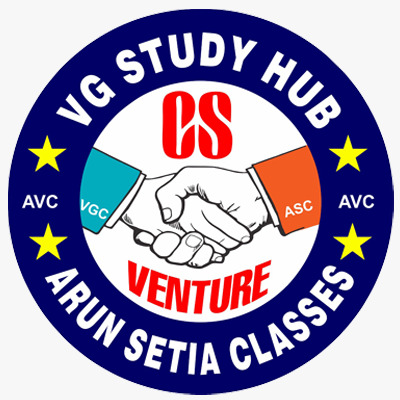CS EXECUTIVE GST CLASSES
CS EXECUTIVE GST CLASSES INTRODUCTION GST is an indirect tax reform that attempts to create a common national market. GST has subdivided into multiple indirect taxes like excise duty, service tax, VAT, CST, luxury tax, entertainment tax, entry tax, etc. GST is often used interchangeably as the latter denotes the comprehensiveness of VAT by coverage of goods and services that is well explained in CS EXECUTIVE GST CLASSES.
The first country in the world to impose GST was France in the year 1954. Presently, more than 160 countries have implemented GST in some form or the other. This is because this type of tax has the capacity to raise revenue in the most transparent and neutral manner. Most of the countries follow unified GST for example, a single tax relevant in the year 2000 throughout 2014, the then Prime Minister introduced the concept of GST and set up a committee to design a GST model for the country. India has adopted a dual GST model because of its unique federal nature.
In CS EXECUTIVE GST CLASSES, GST is taught in a very simple manner. CONCEPT OF GST GST is a value-added tax levied on supply i.e., manufacture or sale of goods and provision of services.
It offers a continuous and comprehensive chain of tax credits from the producer's point/service provider's point up to the retailer's level/consumer’s level thereby taxing only the value added at each stage of the supply chain. At each stage, the supplier is permitted to avail of GST’s credit paid on the purchase of goods and/or goods and can set off the credit against the GST that is payable on the supply of services and goods to be made by him. That is why GST is only borne by the final consumer and is charged by the final supplier in the supply chain. And also with set-off benefits at all the previous stages.
Since only the value added at each stage is taxed under GST, there is no tax on tax or cascading of taxes under the GST system and also in the CS EXECUTIVE GST CLASSES. ADVANTAGES OF GST There are automated and simplified procedures for different processes such as tax payments, registration, refunds, returns, etc. GST is largely technology driven. Interaction is primarily through the GST common portal, therefore, there is a less public interface between the taxpayer and the tax administration.
The compliance cost may be lesser under GST as multiple record-keeping for a variety of taxes is not needed, therefore, there is a lesser investment of resources and manpower in maintaining records in CS EXECUTIVE GST CLASSES. The uniformity in laws, procedures, and tax rates across the country may go a long way in reducing compliance costs. The complete and transparent chain of set-offs that results in the opening up of the tax base and better tax compliance can also lead to lowering the tax burden on an average dealer in trade and industry.
GST gives more relief to trade and the industry through a more wider and comprehensive coverage of service tax set-off and input tax set-off, subsuming several State and Central taxes in phasing out of CST and in the GST. Small businesses have also been provided the benefit of the composition scheme. GST has increased the threshold for GST registration for small businesses. Further, a single registration is needed in one State. With the formation of a seamless national market across the whole country, small ventures have an opportunity to grow their national footprint with minimal investment.

